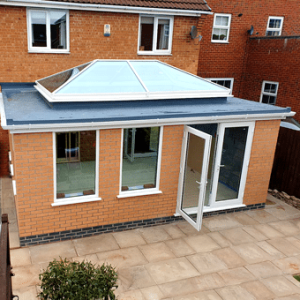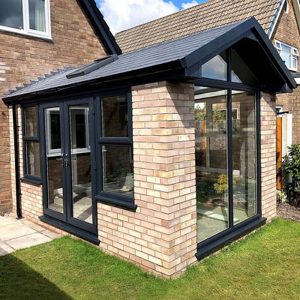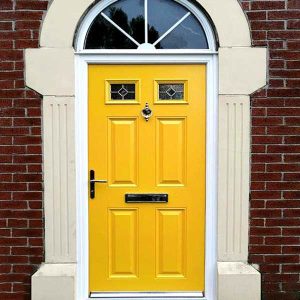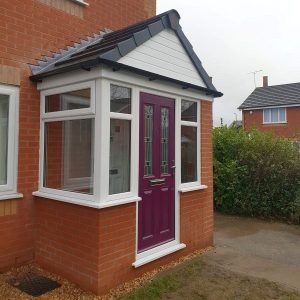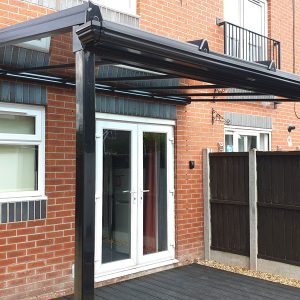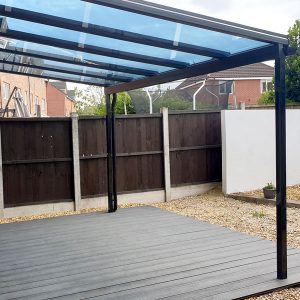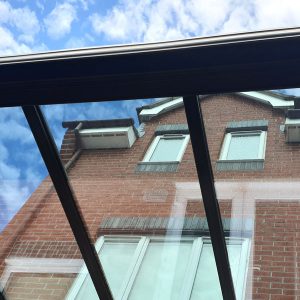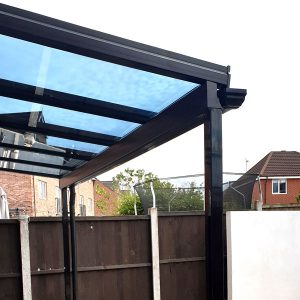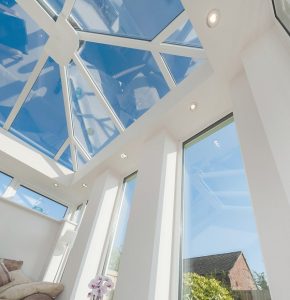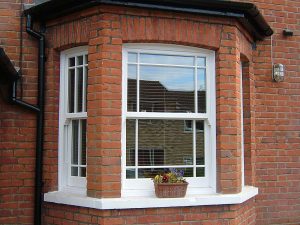Kitchen condensation can lead to mould growth, water damage, and discomfort. Managing moisture levels effectively keeps your kitchen clean, safe, and functional. By addressing condensation on surfaces, especially windows, you can maintain a healthier cooking space.
Understand the Causes of Kitchen Condensation
Condensation forms when warm, moist air meets cooler surfaces. Common kitchen activities like boiling, steaming, and dishwashing release significant moisture into the air. Without proper ventilation and moisture control, this moisture can settle on windows, walls, and countertops.
Improve Ventilation
Ventilation plays a key role in reducing condensation.
1. Use an Exhaust Fan
Run the exhaust fan while cooking and for several minutes afterward. This removes steam and prevents it from settling on surfaces.
2. Open Windows
Crack open a kitchen window during cooking or washing dishes. Fresh air circulation helps balance indoor humidity levels.
3. Add Vent Covers or Vents
Install additional vents if your kitchen lacks airflow. Position them strategically to draw moisture away from problem areas.
Control Humidity Levels
Reducing overall humidity minimises condensation issues.
1. Use a Dehumidifier
Place a compact dehumidifier in the kitchen to absorb excess moisture, especially in humid climates.
2. Avoid Over-boiling
Cover pots and pans while boiling water or cooking. This reduces the amount of steam released into the air.
3. Dry Wet Surfaces Promptly
Wipe down countertops, cabinets, and windows after cooking to prevent lingering moisture.
Focus on the Kitchen Window
The kitchen window often becomes a hotspot for condensation.
1. Install Double-Glazed Windows
Double-glazed windows reduce temperature differences, which lowers the chance of condensation forming.
2. Use Insulated Curtains or Blinds
Keep windows warmer by adding insulated curtains or blinds, especially during colder months.
3. Apply Window Film
Consider applying anti-condensation window film to keep moisture from building up on the glass.
Optimise Heating and Insulation
Maintaining a consistent indoor temperature helps reduce condensation.
1. Adjust Heating Levels
Keep your kitchen warm enough to minimise temperature differences between the air and surfaces.
2. Insulate Walls and Ceilings
Add insulation to walls and ceilings to retain warmth and reduce cool spots that attract condensation.
3. Install Radiators Near Windows
Place radiators or heaters near windows to keep them warm and deter moisture accumulation.
Adopt Simple Lifestyle Changes
Small adjustments in your daily routine can make a big difference.
1. Cook with Lids On
Covering pots and pans while cooking limits steam and keeps the air drier.
2. Dry Clothes Elsewhere
Avoid drying clothes in the kitchen, as this adds unnecessary moisture to the air.
3. Close Doors
Keep kitchen doors closed while cooking to contain moisture and prevent it from spreading to other rooms.
Regular Maintenance
Routine care keeps condensation problems in check.
1. Check for Leaks
Inspect plumbing and appliances for leaks that might add to moisture levels.
2. Clean Windows and Vents
Regularly clean windows and vents to keep airflow unrestricted and remove residue caused by condensation.
3. Inspect Seals
Ensure window seals and caulking remain intact to prevent drafts that lower window temperatures.
Conclusion
Reducing kitchen condensation requires proactive steps like improving ventilation, managing humidity, and focusing on kitchen window care. Combining these strategies with regular maintenance and simple lifestyle changes will help you control moisture levels. With these measures, you can create a more comfortable and healthier kitchen environment.

